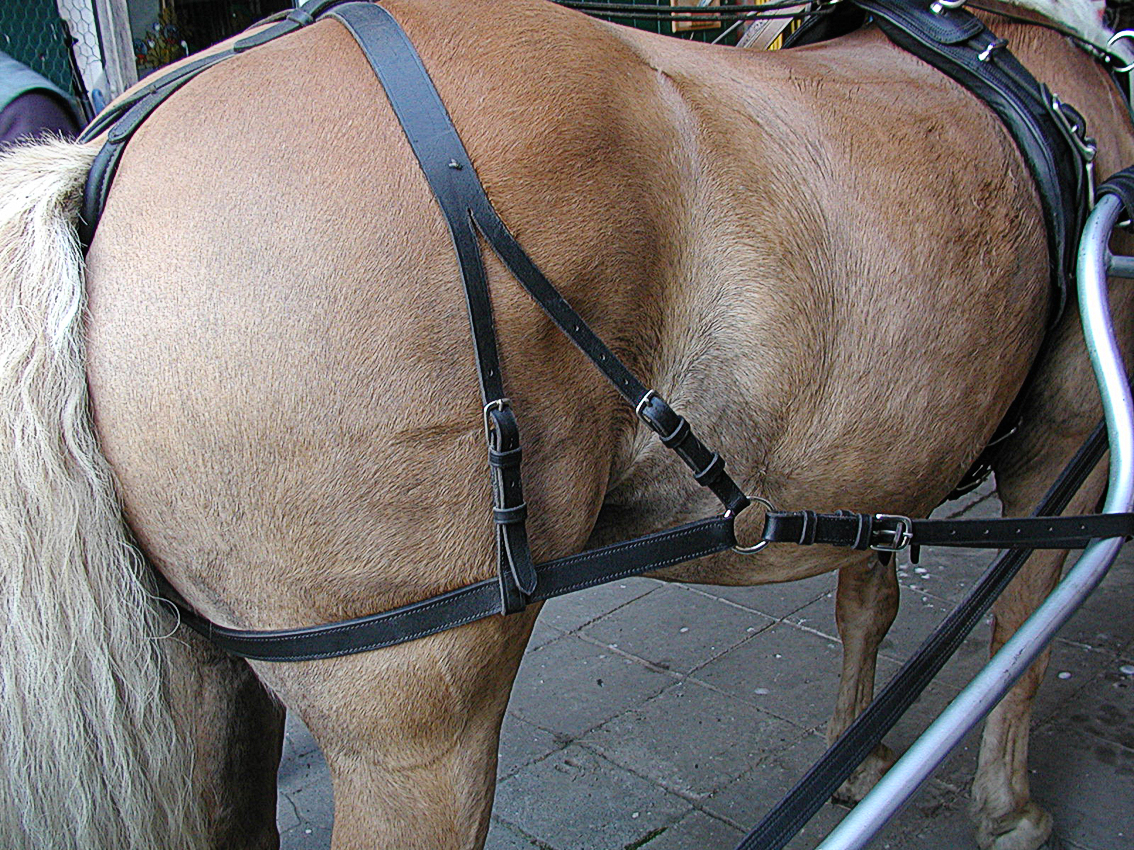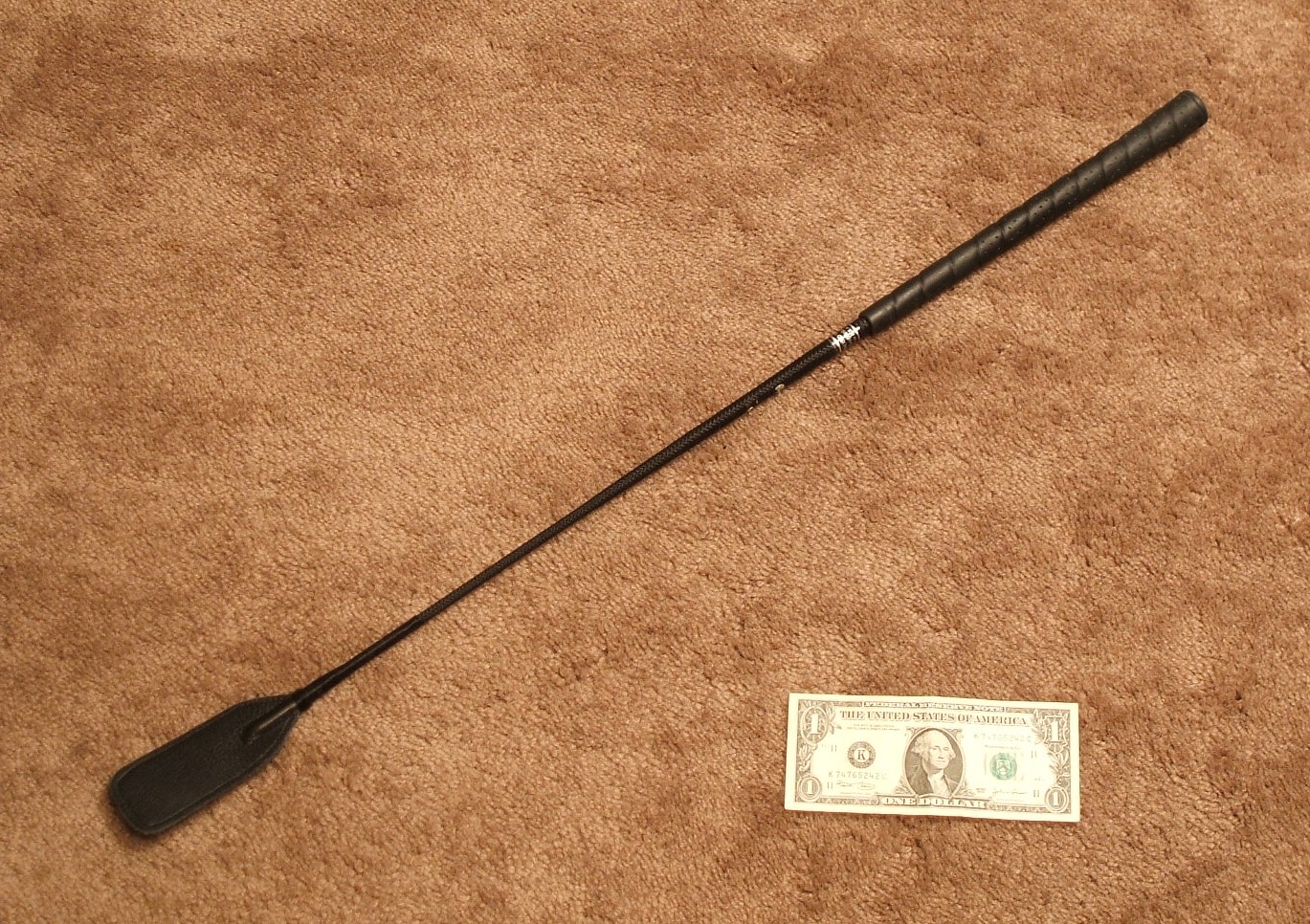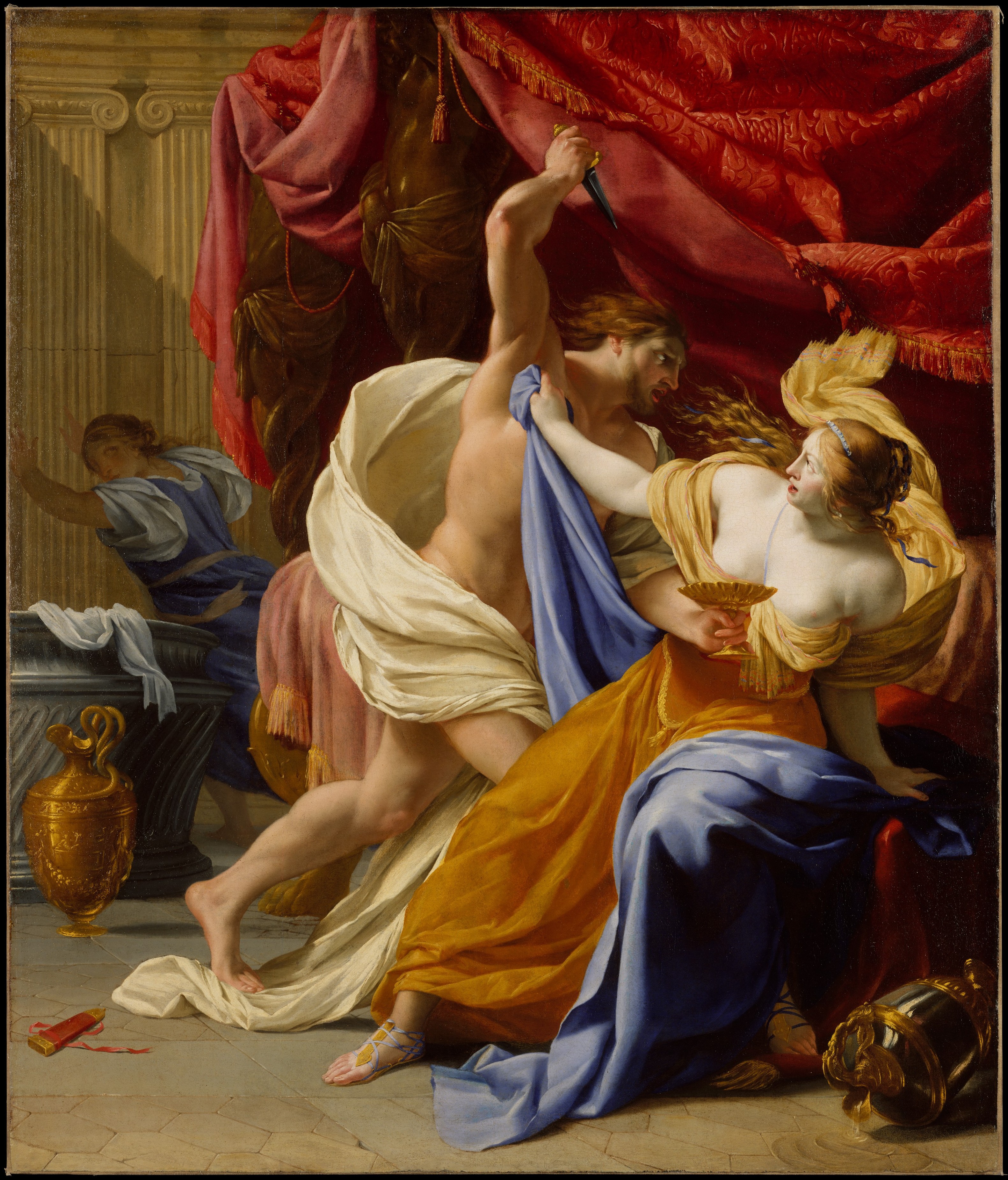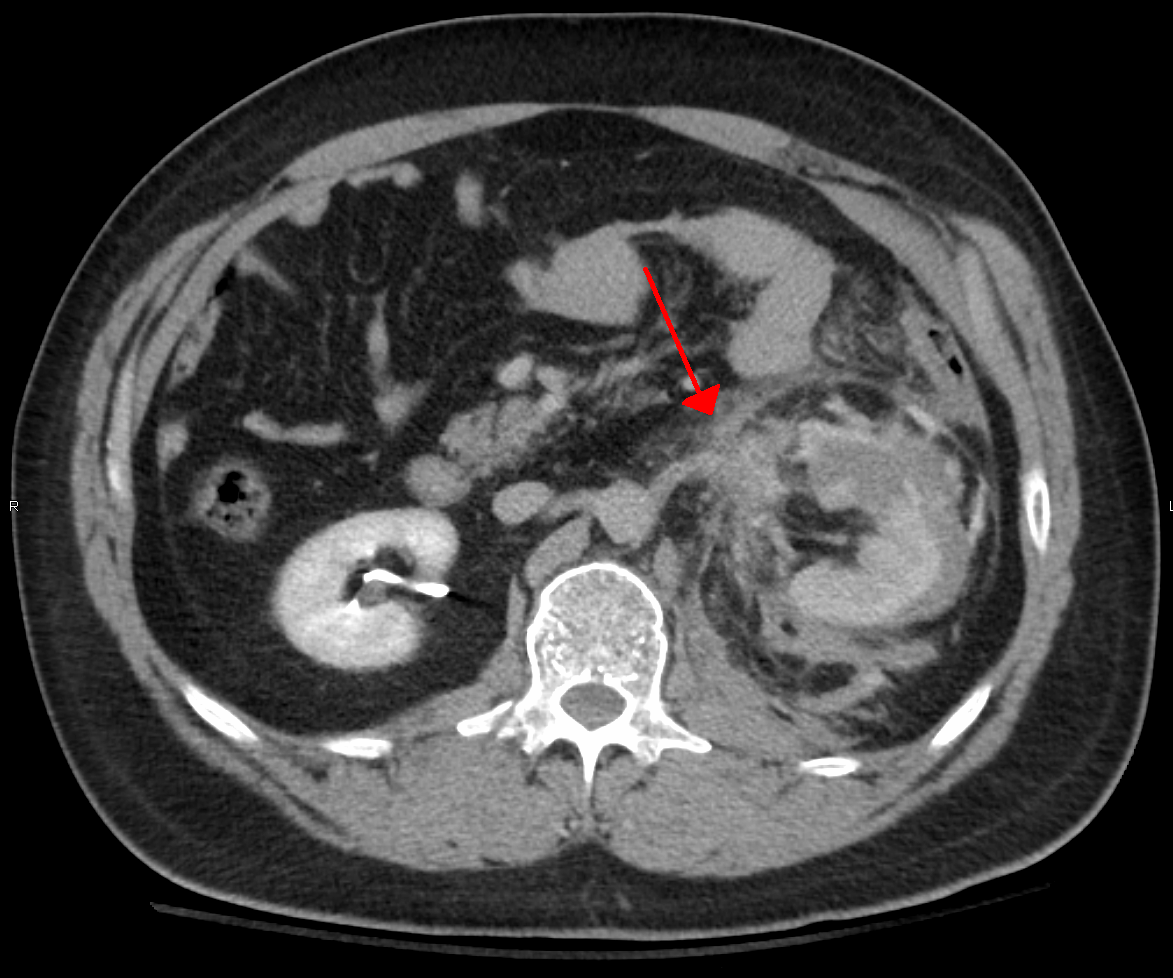|
Gatton Murders
The Gatton Murders, also known as the Gatton Tragedy, the Gatton Mystery, and the Murphy Murders, refer to an unsolved triple homicide that occurred from the town of Gatton, Queensland, Gatton, in the Colony of Queensland, present-day Australia. Michael Murphy, aged 29, and his younger sisters, Honora (Norah), aged 27, and Theresa (Ellen), aged 18, were murdered between 10 pm and 4 am on 26–27 December 1898 while returning home from a cancelled dance. All three siblings had been bludgeoned; in addition, Michael had been shot and Norah strangulation, strangled. Background The Murphy family owned a farm at Blackfellow's Creek, some from the town of Gatton, Queensland, Gatton and west of Brisbane, capital of what was then the Colony of Queensland. The listed Gatton's population as 449. In the late 19th century the town was a major stopover point on the road between Brisbane and the Darling Downs, and with two major bridges and a railway line the town was a rapidly expanding s ... [...More Info...] [...Related Items...] OR: [Wikipedia] [Google] [Baidu] |
Homicide
Homicide is an act in which a person causes the death of another person. A homicide requires only a Volition (psychology), volitional act, or an omission, that causes the death of another, and thus a homicide may result from Accident, accidental, Reckless homicide, reckless, or Negligent homicide, negligent acts even if there is no Intent (law), intent to cause harm. It is separate from suicide. Homicides can be divided into many overlapping legal categories, such as murder, manslaughter, justifiable homicide, assassination, killing in war (either following the laws of war or as a war crime), euthanasia, and capital punishment, depending on the circumstances of the death. These different types of homicides are often treated very differently in human Society, societies; some are considered crimes, while others are permitted or even Court order, ordered by the Law, legal system. Criminality Criminal homicide takes many forms, including accidental killing and murder. Criminal ho ... [...More Info...] [...Related Items...] OR: [Wikipedia] [Google] [Baidu] |
Frederic Urquhart
Frederic Charles Urquhart (27 October 1858 – 2 December 1935) was a Native Police officer, Queensland Police Commissioner and Administrator of the Northern Territory. Early life Frederic Charles Urquhart was born at St Leonards-on-Sea, Hastings, East Sussex, England on 27 October 1858. His father was an officer in the Royal Artillery and his uncle was a colonel in a cavalry regiment of the British Army. He was educated at Bloxham School in Oxfordshire and at Felsted School in Essex, but left to pursue a career at sea at the age of fourteen. He obtained a second-officer certificate in the merchant navy and served as a midshipman in the Royal Navy. In 1875 he migrated to Queensland, where he worked in the sugar and cattle industries. In 1878 Urquhart became a telegraph linesman at Normanton, Queensland. Native Police career In 1882, Urquhart was appointed to the paramilitary Native Police as a cadet and was promoted quickly to the rank of second-class sub-inspector within the y ... [...More Info...] [...Related Items...] OR: [Wikipedia] [Google] [Baidu] |
Queensland Police Service
The Queensland Police Service (QPS) is the principal law enforcement agency responsible for policing the Australian state of Queensland. In 1990, the Queensland Police Force was officially renamed the Queensland Police Service and the old motto of "Firmness with Courtesy" was changed to "With Honour We Serve". The headquarters of the Queensland Police Service is located at 200 Roma Street, Brisbane. The current Commissioner is Stephan (Steve) Gollschewski. The Commissioner reports to the Minister for Police, presently Daniel Purdie. History Queensland came into existence as a colony of the British Empire on 1 December 1859. The region was previously under the jurisdiction of the New South Wales governance with towns policed by small forces controlled by the local magistracy. ''The Police Act of 1838'' (2 Vic. no. 2) which officially codified a variety of common behaviours as criminal and regulated the police response to them, continued as the template for policing. On 13 J ... [...More Info...] [...Related Items...] OR: [Wikipedia] [Google] [Baidu] |
Australian Dollar
The Australian dollar (currency sign, sign: $; ISO 4217, code: AUD; also abbreviated A$ or sometimes AU$ to distinguish it from other dollar, dollar-denominated currencies; and also referred to as the dollar or Aussie dollar) is the official currency and Legal tender#Australia, legal tender of Australia, including States and territories of Australia, all of its external territories, and three independent sovereign Pacific Islands, Pacific Island states: Kiribati, Nauru, and Tuvalu. * ThMoney Trackersite allows users to track Australian banknotes as they circulate around Australia. Images of historic and modern Australian bank notes* [https://www.rba.gov.au/statistics/historical-data.html?v=2022-09-25-02-11-35#exchange-rates Reserve Bank of Australia – historical data of AUD since 1969 (various .xls files)] The banknotes of Australia {{Authority control 1966 establishments in Australia Articles containing video clips Circulating currencies Currencies int ... [...More Info...] [...Related Items...] OR: [Wikipedia] [Google] [Baidu] |
Shilling (Australian)
The shilling, informally called a "bob", was a type of silver coinage issued by the Commonwealth of Australia, that circulated prior to the decimalisation of Australian coinage. The Australian shilling was derived from the British pre-decimal sterling pound system (the British shilling) and was first issued following the passing of the Australian ''Coinage Act 1909'', which established Australia's first formal currency system. The shilling was issued as part of Australia's silver coinage, which included the two-shilling (florin), the sixpence and the threepence. The shilling was minted from 1910 until 1963. During this period there was one significant modification to the design of the Australian shilling, the change in its reverse design, which occurred in 1938 when the design was altered from the Australian coat of arms (1910–1936) to the visage of a Merino ram's head (1938–1963).Royal Australian Mint, n.d. Before decimal currency – what did Australia use, p.1. The desi ... [...More Info...] [...Related Items...] OR: [Wikipedia] [Google] [Baidu] |
Breeching (tack)
Breeching ( "britching") is a strap around the haunches of a draft, pack or riding animal. Both under saddle and in harness, breeching engages when an animal slows down or travels downhill and is used to brake or stabilize a load. History The breeching strap traces its roots back to the Chinese invented breast-strap or "breastcollar" harness developed during the Warring States (481–221 BC) era. The Chinese breast harness became known throughout Central Asia by the 7th century, introduced to Europe by the 8th century. The breeching strap would allow the horse to hold or brake the load, as horse harnesses were previously attached to vehicles by straps around their necks and previously designed harnesses would constrict the horses neck, preventing the horse from pulling heavier loads. The breeching strap acted as a brake when a cart tried to run forward when moving downwards on a slope and also made it possible to maneuver the cart in the reverse direction. Harness breeching ... [...More Info...] [...Related Items...] OR: [Wikipedia] [Google] [Baidu] |
Whip
A whip is a blunt weapon or implement used in a striking motion to create sound or pain. Whips can be used for flagellation against humans or animals to exert control through pain compliance or fear of pain, or be used as an audible cue through the distinct whipcrack effect. The portion used for striking is generally either a firm rod designed for direct contact, or a flexible line requiring a specialized swing. The former is easier and more precise, the latter offers longer reach and greater force. Some varieties, such as a hunting whip or lunge whip, have an extended stock section in addition to the line. Whips such as the "cat o' nine tails" and knout are specifically developed for corporal punishment or torture on human targets. Certain religious practices and BDSM activities involve the self-use of whips or the use of whips between consenting partners. Misuse on animals may be considered animal cruelty, and misuse on humans may be viewed as assault. Use Whips are genera ... [...More Info...] [...Related Items...] OR: [Wikipedia] [Google] [Baidu] |
Semen
Semen, also known as seminal fluid, is a bodily fluid that contains spermatozoon, spermatozoa which is secreted by the male gonads (sexual glands) and other sexual organs of male or hermaphrodite, hermaphroditic animals. In humans and placental mammals, seminal fluid is ejaculation, ejaculated through the penis and contains Proteolytic enzyme, proteolytic and other enzymes as well as fructose, which promote the survival of spermatozoa and provide a medium through which they can move or "swim" from the vagina into the uterus to fertilization, fertilize the female ovum and form a zygote. semen collection, Semen is collected from animals for artificial insemination or cryoconservation of genetic material. Cryoconservation of animal genetic resources is a practice that calls for the collection of semen in efforts for conservation of a particular breed. Physiology Fertilization Depending on the species, spermatozoa can fertilize ova externally or internally. In external fertiliz ... [...More Info...] [...Related Items...] OR: [Wikipedia] [Google] [Baidu] |
Rape
Rape is a type of sexual assault involving sexual intercourse, or other forms of sexual penetration, carried out against a person without consent. The act may be carried out by physical force, coercion, abuse of authority, or against a person who is incapable of giving valid consent, such as one who is unconscious, incapacitated, has an intellectual disability, or is below the legal age of consent ( statutory rape). The term ''rape'' is sometimes casually used interchangeably with the term ''sexual assault''. The rate of reporting, prosecuting and convicting for rape varies between jurisdictions. Internationally, the incidence of rapes recorded by the police during 2008 ranged, per 100,000 people, from 0.2 in Azerbaijan to 92.9 in Botswana with 6.3 in Lithuania as the median. [...More Info...] [...Related Items...] OR: [Wikipedia] [Google] [Baidu] |
Horse Harness
A horse harness is a device that connects a horse to a horse-drawn vehicle or another type of load to pull. There are two main designs of horse harness: (1) the Breastplate (tack)#Harness, breast collar or breaststrap, and (2) the Horse collar, full collar or collar-and-hames. For pulling heavy loads, a full collar is required because it distributes pressure over a larger area of the horse. An ill-fitting full collar can cause chafing on the horse's skin and can interfere with its breathing, as can a breast collar that is positioned too high. Putting harness on a horse is called ''harnessing'' or ''harnessing up''. Attaching the harness to the vehicle or load is called ''putting to'' in the British Isles, or ''hitching'' in North America. The order of putting on harness components varies by discipline, but when a horse collar is used, it is usually put on first. Harness components designed for other animals (such as the yoke used with oxen) are not suitable for horses and will ... [...More Info...] [...Related Items...] OR: [Wikipedia] [Google] [Baidu] |
Blunt Force Trauma
A blunt trauma, also known as a blunt force trauma or non-penetrating trauma, is a physical trauma due to a forceful impact without penetration of the body's surface. Blunt trauma stands in contrast with penetrating trauma, which occurs when an object pierces the skin, enters body tissue, and creates an open wound. Blunt trauma occurs due to direct physical trauma or impactful force to a body part. Such incidents often occur with road traffic collisions, assaults, and sports-related injuries, and are notably common among the elderly who experience falls. Blunt trauma can lead to a wide range of injuries including contusions, concussions, abrasions, lacerations, internal or external hemorrhages, and bone fractures. The severity of these injuries depends on factors such as the force of the impact, the area of the body affected, and the underlying comorbidities of the affected individual. In some cases, blunt force trauma can be life-threatening and may require immediate ... [...More Info...] [...Related Items...] OR: [Wikipedia] [Google] [Baidu] |
Autopsy
An autopsy (also referred to as post-mortem examination, obduction, necropsy, or autopsia cadaverum) is a surgical procedure that consists of a thorough examination of a corpse by dissection to determine the cause, mode, and manner of death; or the exam may be performed to evaluate any disease or injury that may be present for research or educational purposes. The term ''necropsy'' is generally used for non-human animals. Autopsies are usually performed by a specialized medical doctor called a pathologist. Only a small portion of deaths require an autopsy to be performed, under certain circumstances. In most cases, a medical examiner or coroner can determine the cause of death. Purposes of performance Autopsies are performed for either legal or medical purposes. Autopsies can be performed when any of the following information is desired: * Manner of death must be determined ** Determine if death was natural or unnatural ** Injury source and extent on the corpse * Pos ... [...More Info...] [...Related Items...] OR: [Wikipedia] [Google] [Baidu] |










